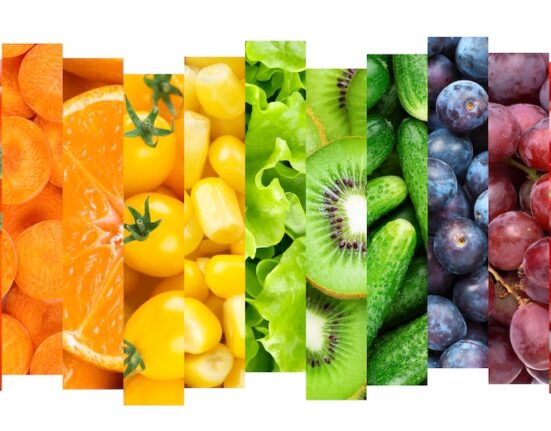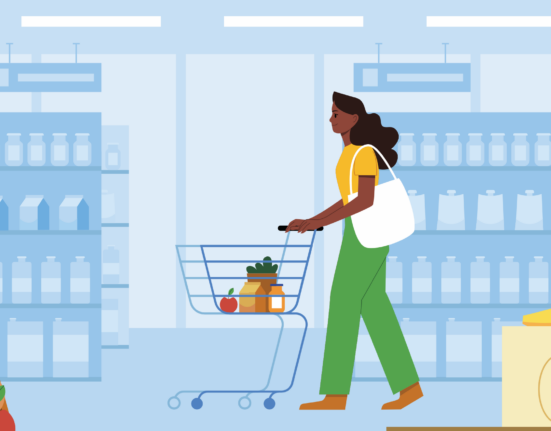Inflated prices permeating consumer goods have rippled through the economy for more than a year. In some consumer goods sectors — inflation appears to be gradually moderating — while in others, prices continue to rise.
It appears clear that consumers are beginning to alter purchase behavior, applying individual household strategies to offset inflation and stretch household budgets. In mid-January, packaged goods giant Proctor and Gamble reported that a 10% increase in prices had resulted in a 6% decline in volume. Similar trends have been showing up in early 2023 across scores of supermarket categories, including the produce department.
What we know from the last major economic downturn between 2008-2011, households across the U.S. altered household food purchasing and began shopping and eating differently. Specifically, shopping trips declined as consumers made fewer store visits. The use of “budget stretching” tools, such as couponing and buying “promoted/sale” items, increased. Consumers began actively trading down for lower-priced items such as store brands in place of better-known national brands. And most importantly, consumers actively sought “substitutes” for similar items that would allow them to stretch their food budget.
The reality for millions of households is higher prices effectively reduce the purchasing power of consumers — forcing them to shift their daily and weekly food-buying behavior.
Produce Inflation Trends in 2023
Overall, while total produce inflation is moderating slightly, it remained significant as we entered the New Year. Inflation levels were highest — above 7% — when measured on a 52-week comparison, moderating slightly in the 26-week view. In the 13-week comparison, total produce inflation fell to just below 6% — still high compared to the historical averages but decreasing from earlier in 2022. Inflation in conventional produce has been, and continues to be, higher than in organics, yet higher-priced organics are suffering larger volume losses.
Conventional and Organic Fruit
Consistent with the overall produce department, inflation in conventional fruits was high to start 2022, remaining at double-digit levels for seven of the first eight months of the year. This appears to have driven declines in conventional volume. However, during Q4, 2022, conventional fruit inflation moderated falling into the low single-digits. Not surprisingly, moderating conventional fruit pricing appears to have contributed to a rebound in volume.
Pricing in organic fruit tells a different story. While price increases in organic fruit were generally lower than the increases in conventional fruits, the declines in organic volume were more significant. In fact, from May to December, the percentage volume declines in organic fruits exceeded the declines in conventional fruit. This suggests that some consumers have shifted from organics to conventional to stretch household food dollars.
Inflation in Vegetables
Price increases in 2022 for vegetables were somewhat different than what was seen in fruit. That is, pricing was persistently higher across all of 2022, with no moderation of pricing in Q4. In addition, percentage increases for conventional vegetables were generally slightly higher than for organics.
However, consistent with what was noted earlier for the fruit category, through most of 2022, percentage volume declines in organic exceeded conventional. In fact, from March through the balance of the year, the percentage volume declines in organic vegetables exceeded conventional.
Impact of Higher Prices on Volume
As noted above, percentage increases in price appear to be correlated with declines in volume. However, assessing the linkage between price and volume in produce is difficult because fluctuations in production (vs. inflation) often fuel natural market shifts in price and volume.
In looking at the performance of individual categories, there is a range of outcomes in the shifting balance of price and volume. If we examine the performance of top produce categories for 2022, approximately 15 categories increased in both price and volume. Twice as many categories increased in price while experiencing volume declines. Moreover, twice as many categories showed price increases above 6% as fell below.
• This report was compiled and developed by Category Partners, a strategic insights company focusing on fresh food, utilizing data exclusively provided by Nielsen IQ.





